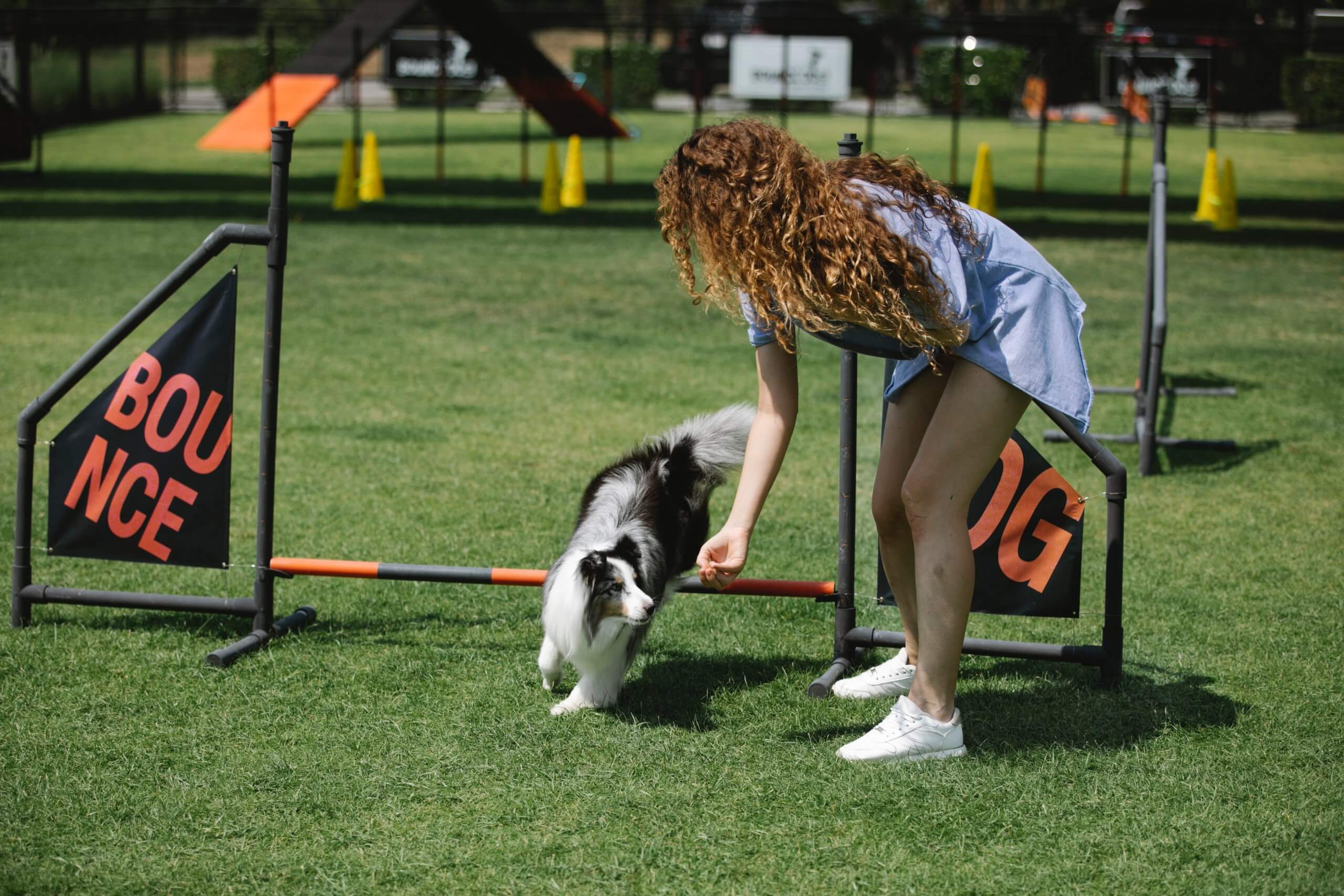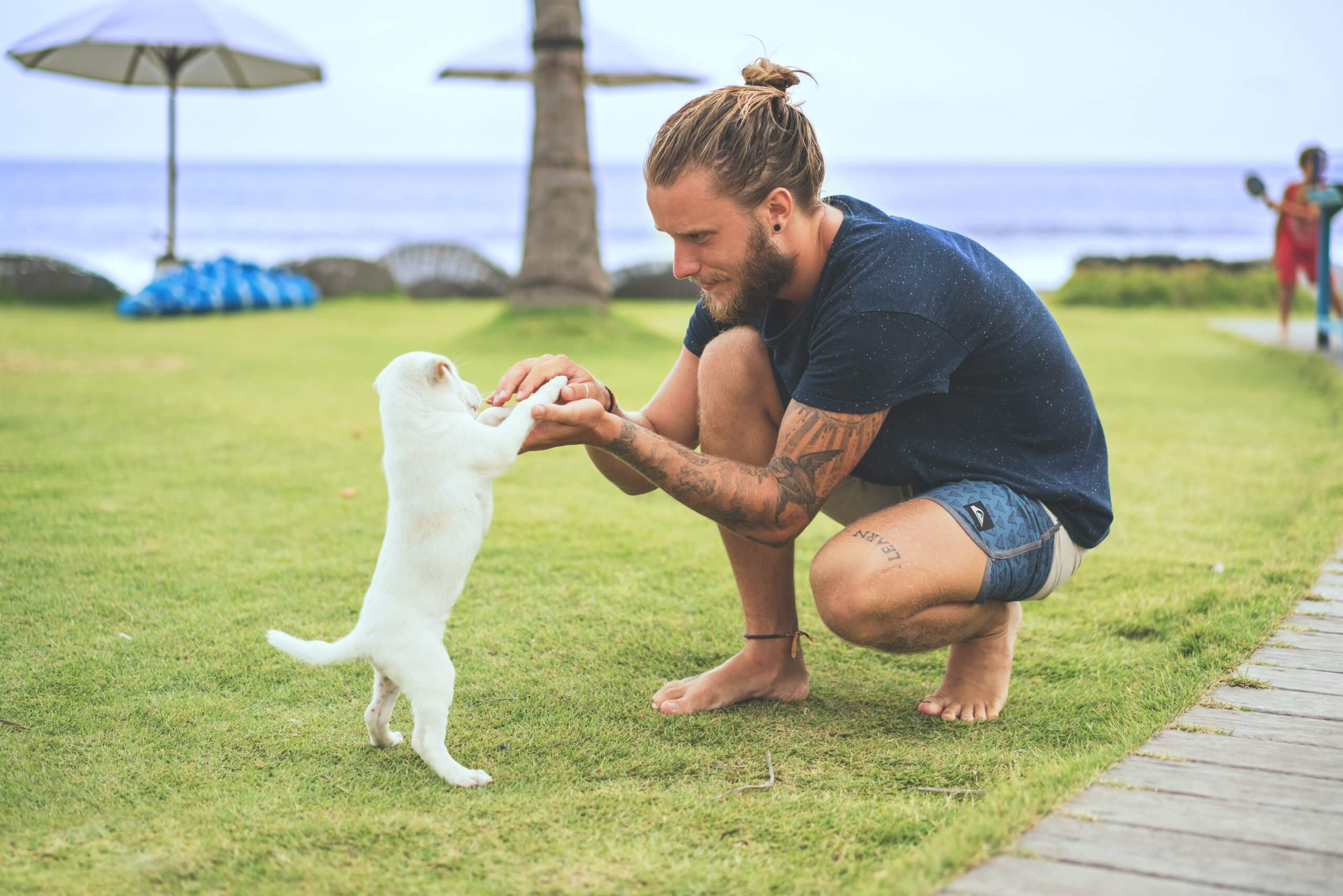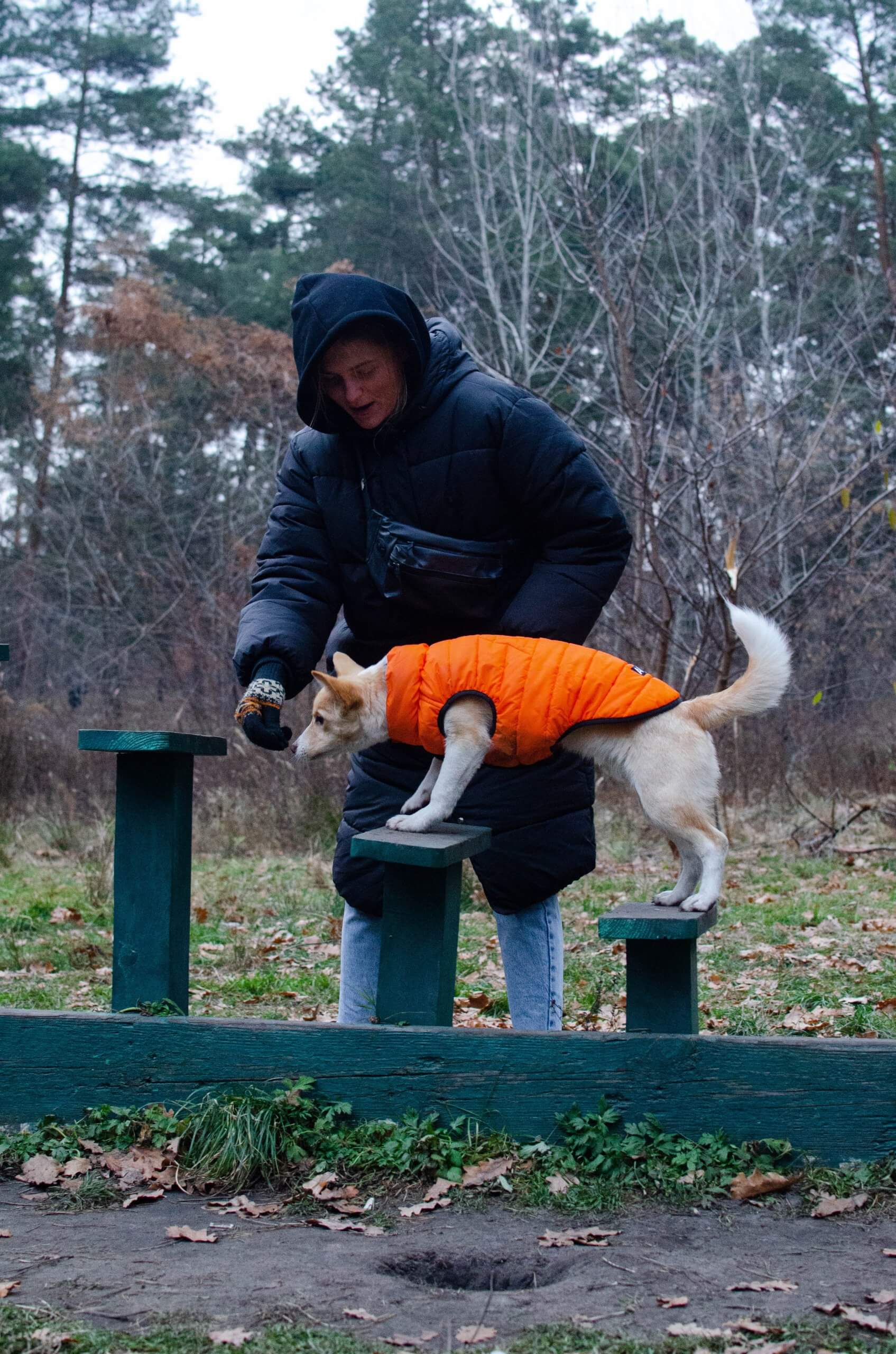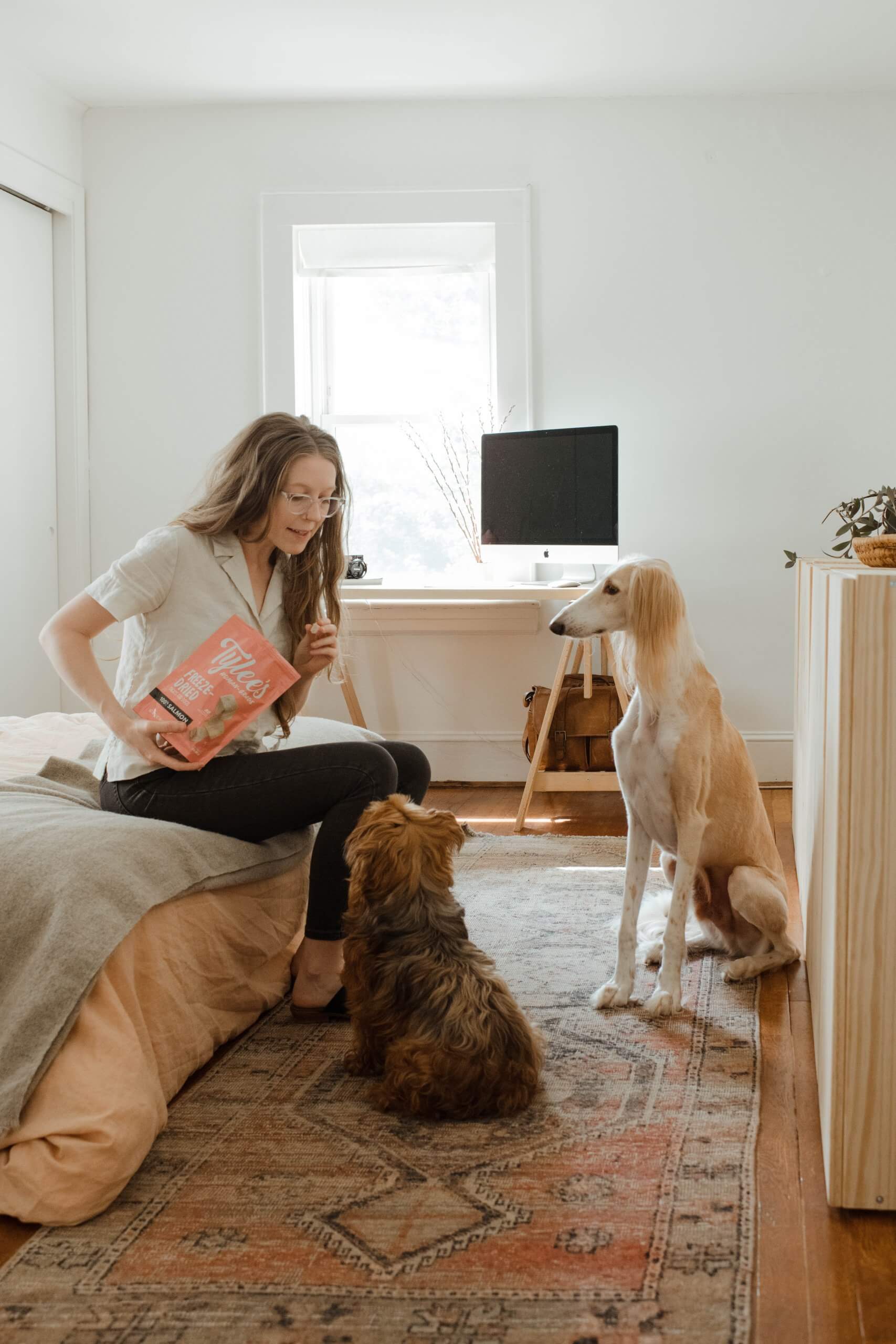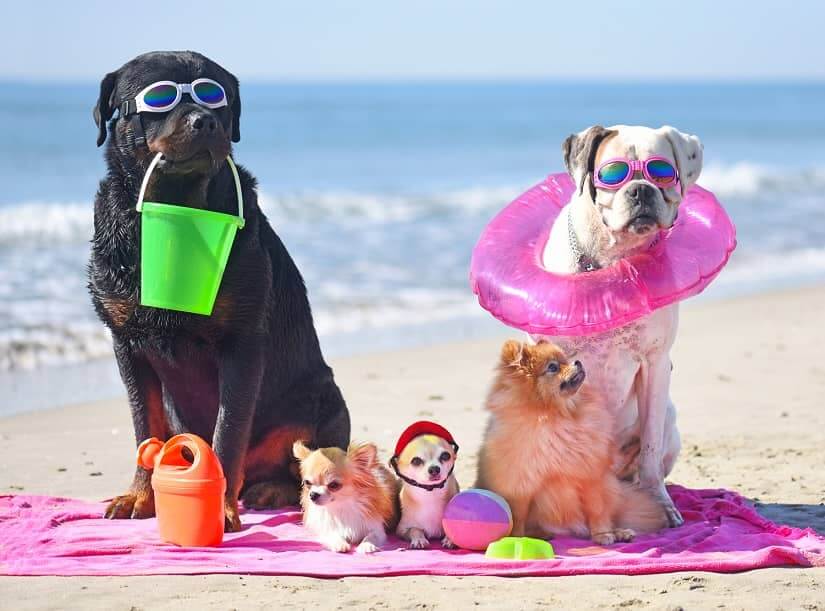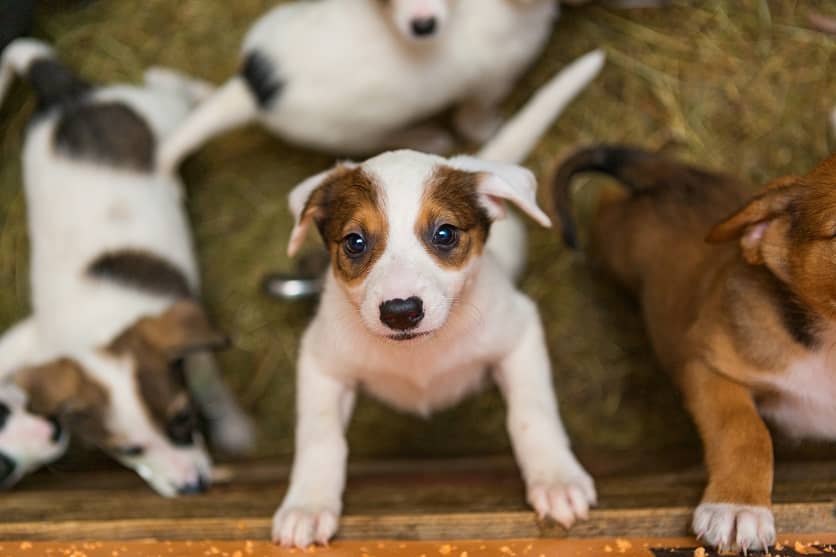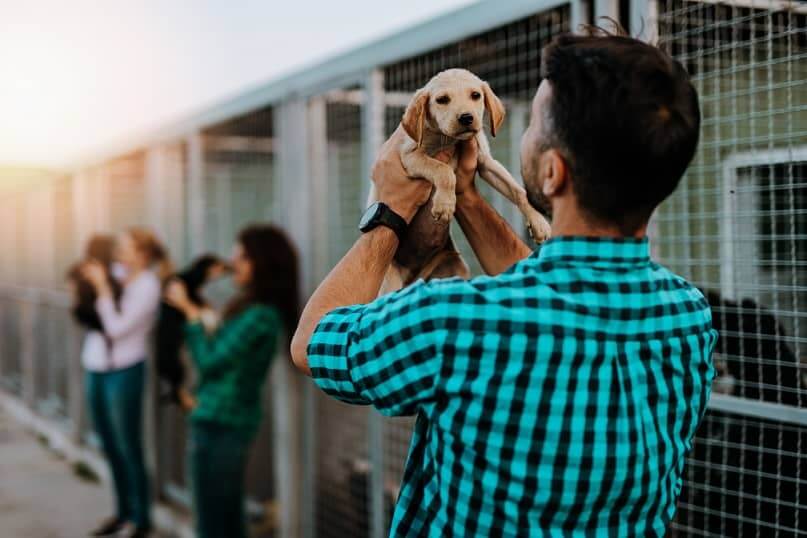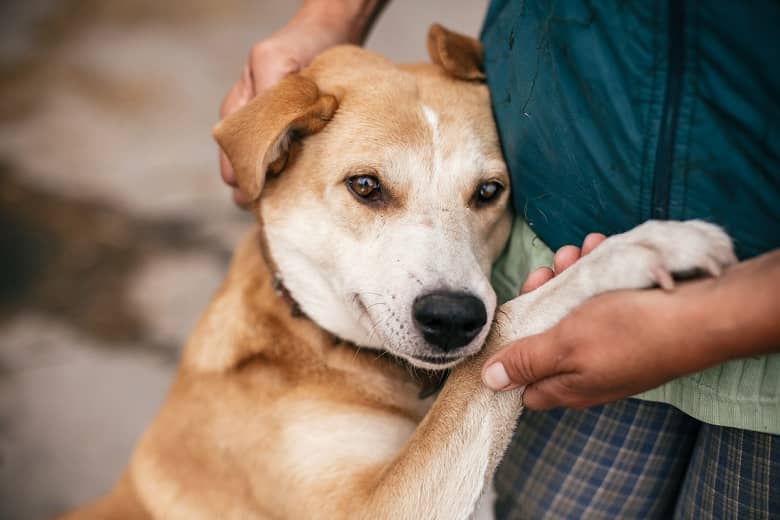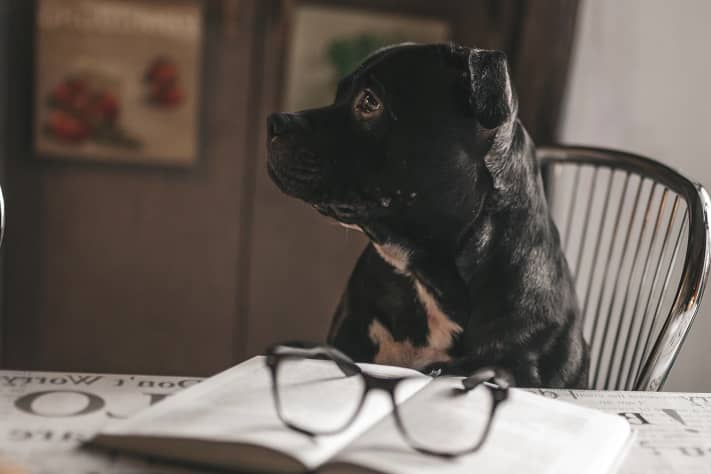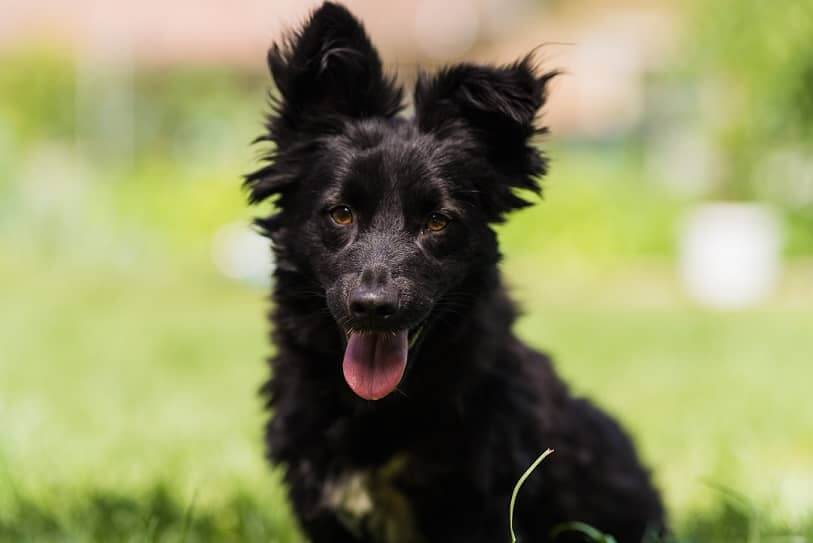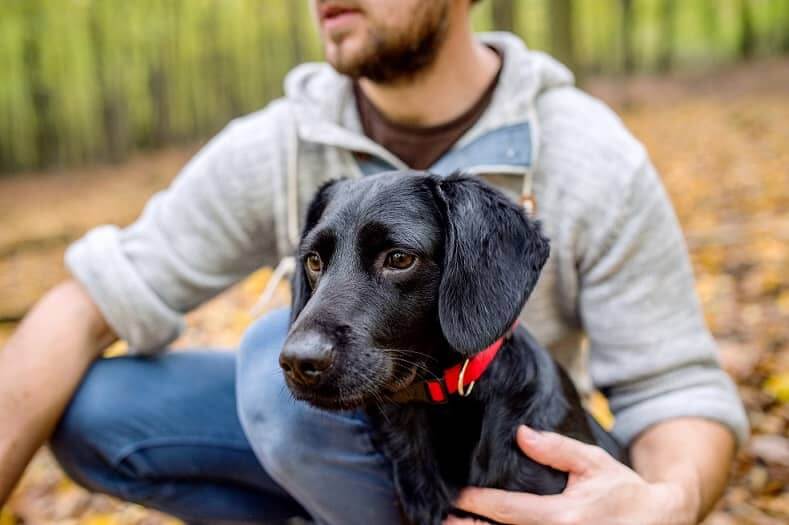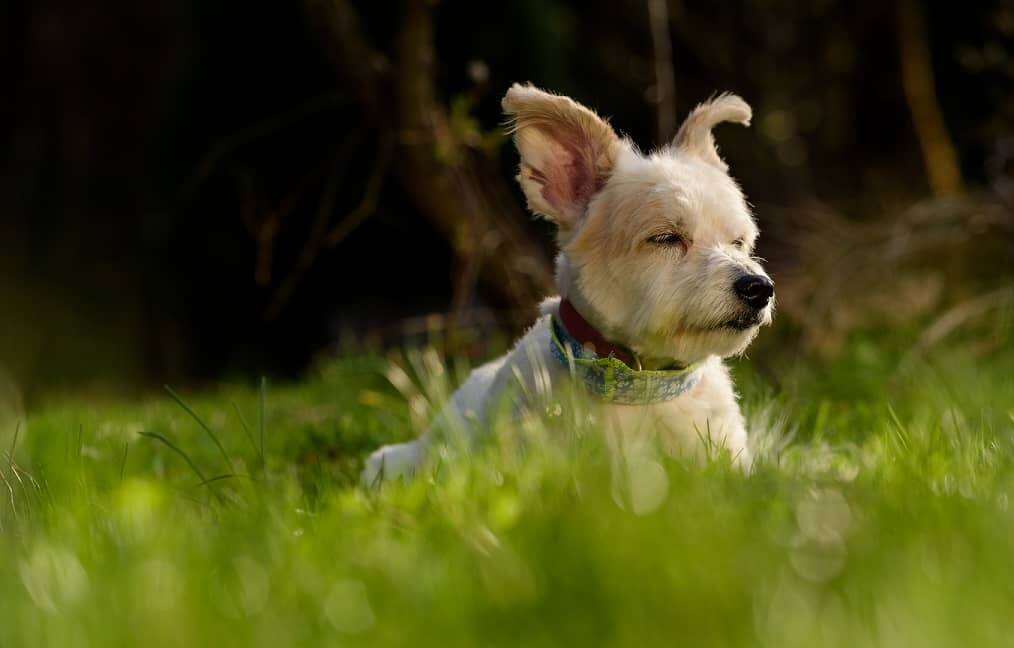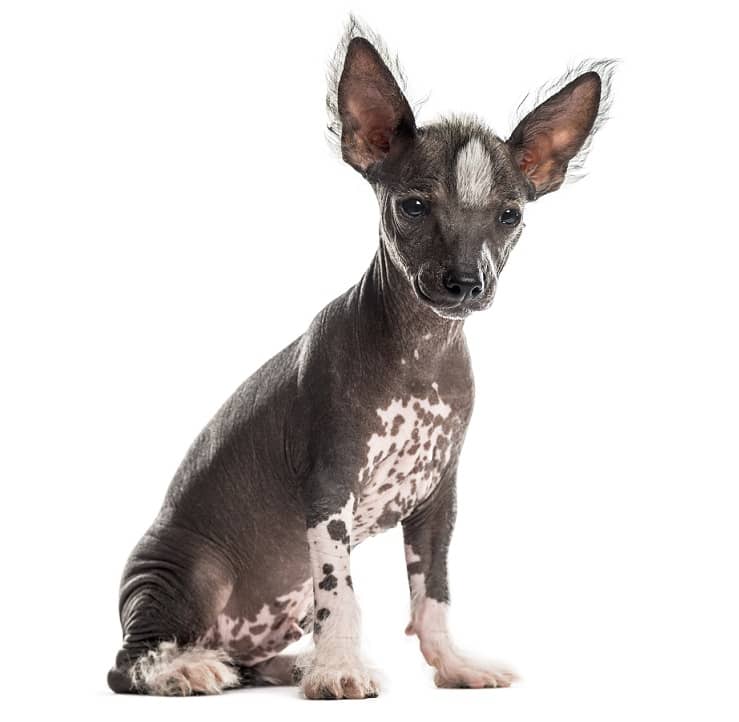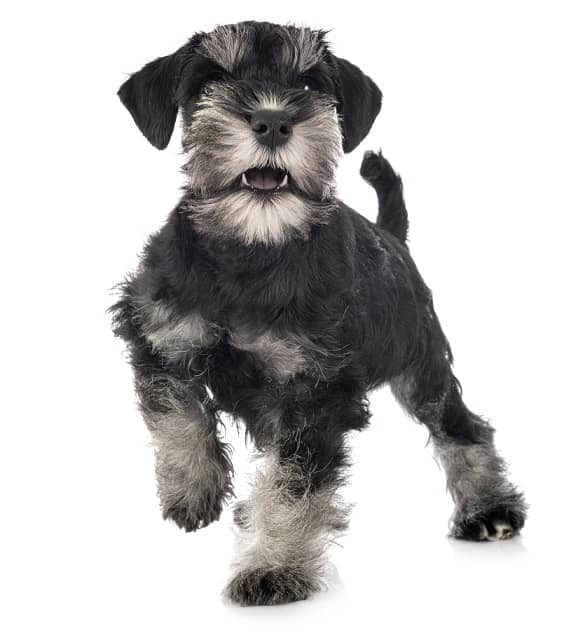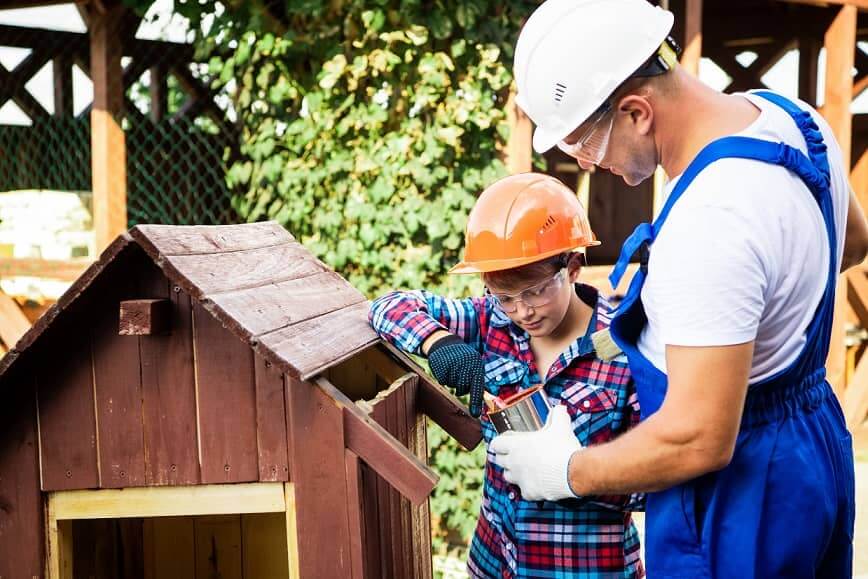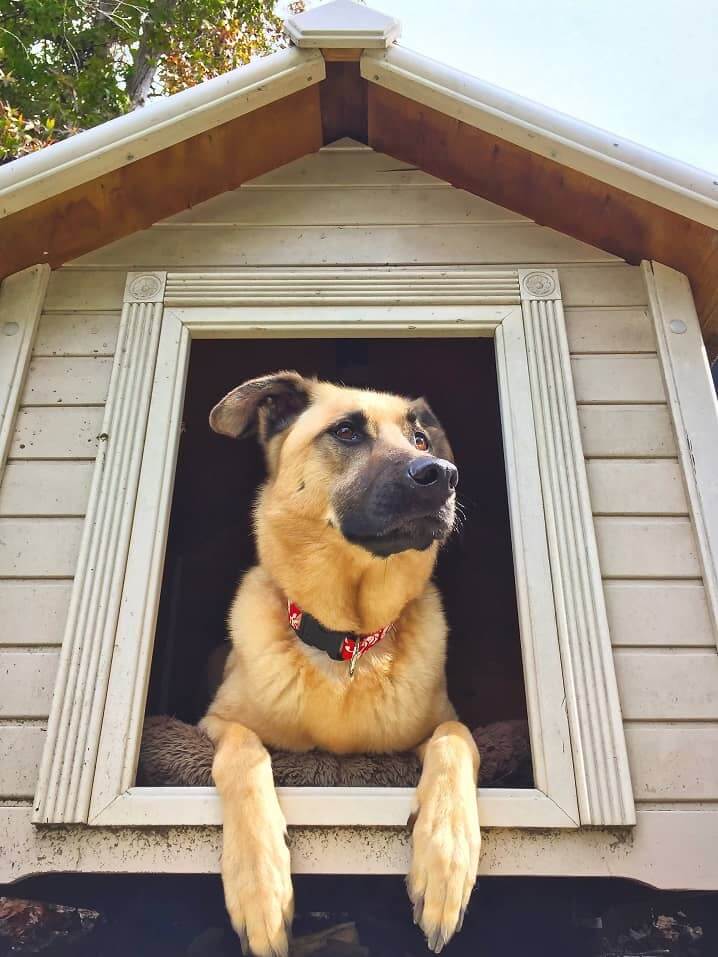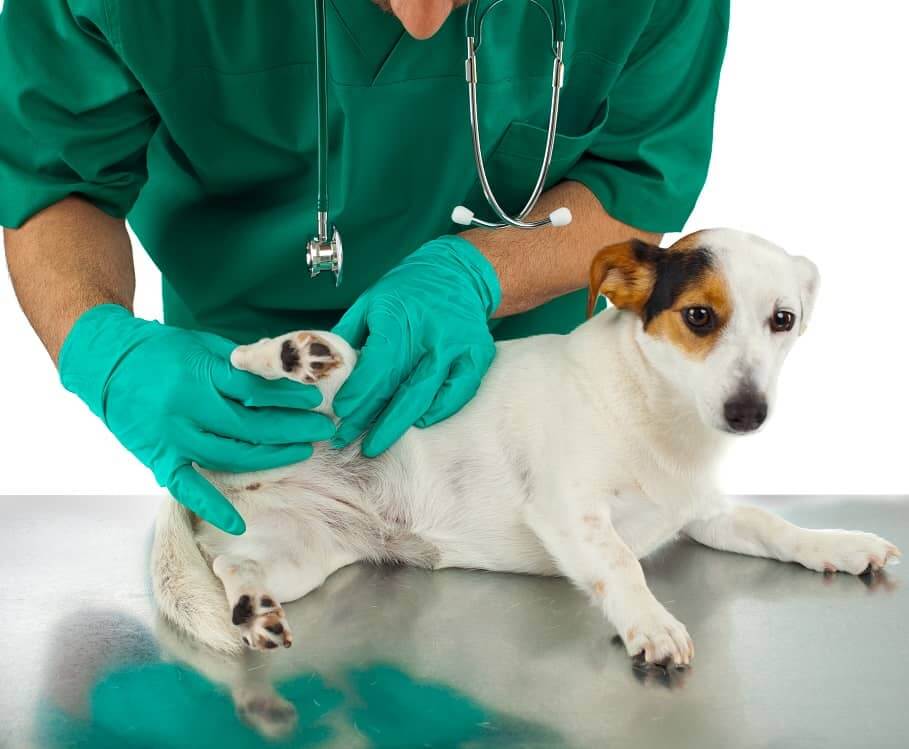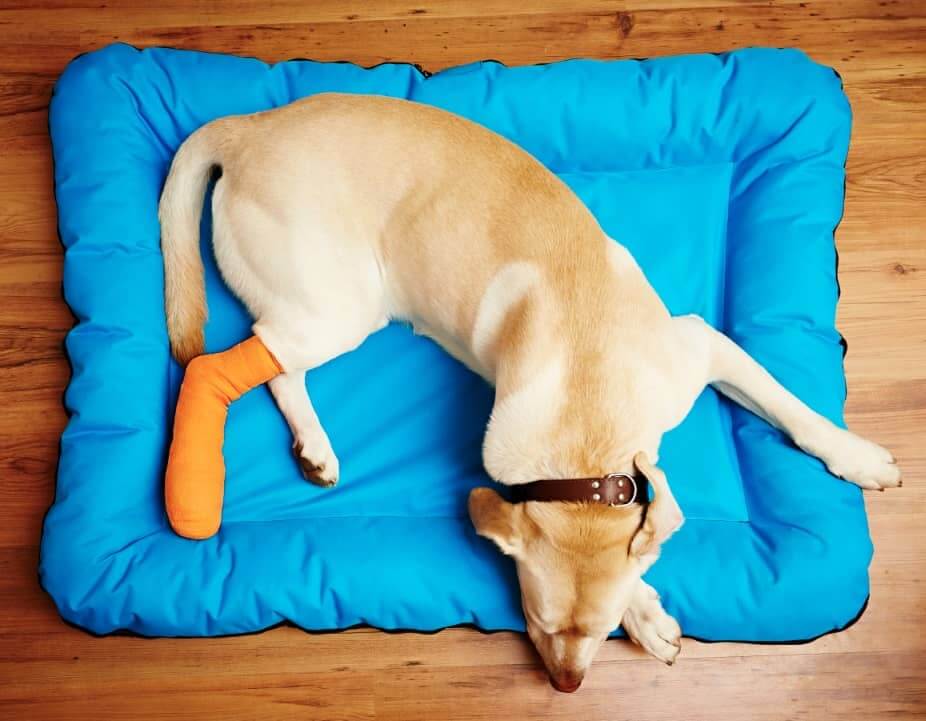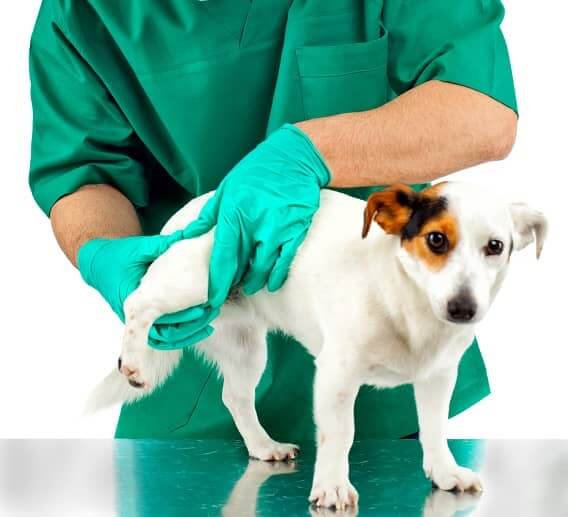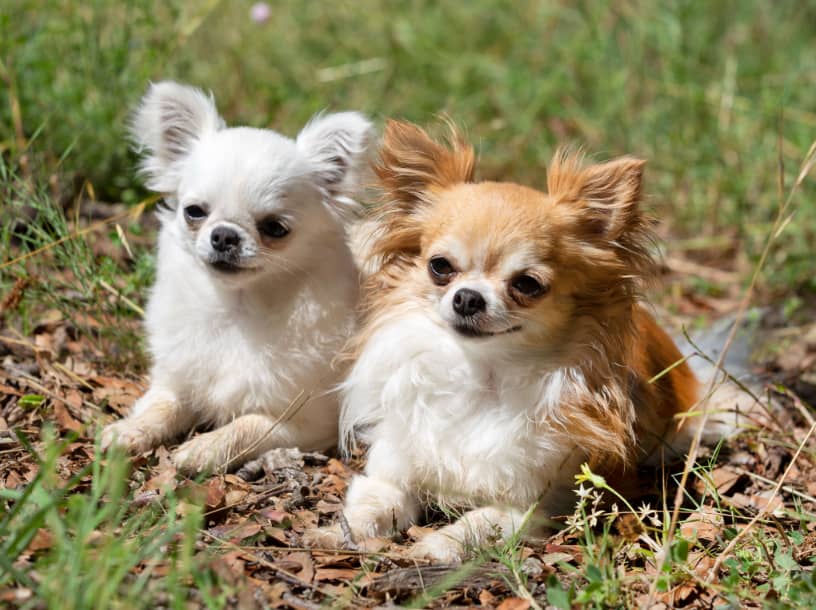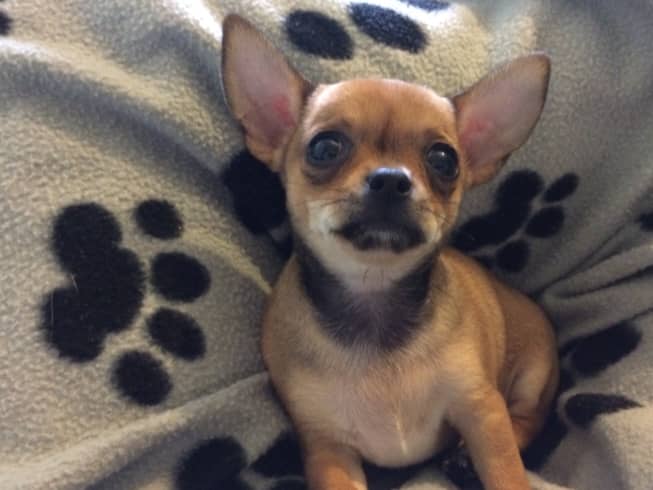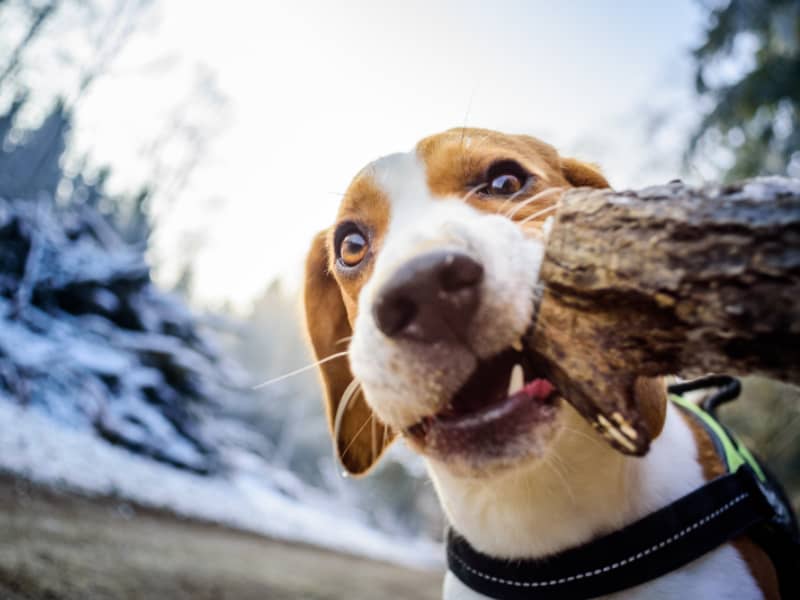Introduction:
Do you know what are the dog training equipments? Dog training is a great method to strengthen your relationship with your pet and create trust. The process of training your dog may be both unpleasant and gratifying at the same time. With the correct tools, dog training becomes considerably easier.
What Are The Dog Training Equipments?
Dog training equipment may be a lifesaver when it comes to swiftly and effectively training your dog. If you don’t have any additional equipment, you can still teach your dog, but you’ll get greater results faster if you do.
Not just buying the first whistle or clicker you find and expecting it to perform all the job for you. For getting any actual benefits from these useful tools and gadgets. You must select products that are appropriate for your dog’s personality and address any behavioral issues they may be having.
What To Consider When Choosing What Are The Dog Training Equipments?
Something that works for some dogs may not work for yours, to be completely truthful. You may read a positive recommendation of a new dog training equipments, only to discover that your dog is completely uninterested in using it.
This is due to the fact that no single answer exists. The fundamentals of dog training stay same, but the most essential element people tend to ignore is the personality of their dog.
The following three considerations should guide your selection of dog training equipment:
- What kind of training approach are you currently utilizing, and does it address the problem you are seeking to correct?
- Your dog’s reaction to it should be taken into consideration. Is it actually effective?
- It’s up to you to come up with a response to the second one. Everything else you need to know about training materials may be found in this handy resource.
What Are The Most Important Factors In Dog Training Success?
A dog training program’s overall effectiveness is dependent on a number of factors.
Motivation:
- Creating a training plan with specific objectives that are both productive and attainable
- Control of the surroundings and the dog’s reactions to stimuli.
- As a trainer, you must be capable of reading the dog you’re dealing with and alter your training strategy accordingly.
- Your ability to excite your dog by lavishing praise and affection onto him.
- Having the right tools and knowing how to utilize them to your advantage
- Finally, we’ll go through the tools you’ll need to successfully teach your dog in this article’s focus.
What Are The Most Essential Dog Training Equipments?

Collar
Almost every dog owner has at least one collar in their collection. A collar may be used for more than just attaching an ID tag with your phone number. It can also be used to instruct your dog.
You can keep your dog safe when training outside or in public locations by using a comfy collar. In the early phases of training, it gives a measure of control for the trainer or handler.
- Tags for a dog’s collar
- Collars come in a variety of designs and materials, including:
- Low to medium levels of control using a flat (standard) collar.
- Medium-level control using a Martingale collar.
- Discouraged because of the risk to one’s health and the difficulty in properly deploying a choke collar.
- Easy to use, medium to high degree of control, and helps correct certain inappropriate behavior are some of the advantages of using a plastic training collar.
- When dogs exhibit undesirable habits such as leaping, tugging, or counter surfing, a prong collar may be used to help rectify the problem. enables a high degree of command and command
- When selecting a dog collar, there are three primary considerations to keep in mind:
- Your dog should be able to bear its own weight in the collar you choose.
- Make sure your dog is comfortable with the collar you use.
- Make sure the collar you’re using is acceptable for your dog’s behavior before you put it on.
Leash
Leashes are available in a wide range of lengths, sizes, and materials. It is essential to keep your dog under control while out in public by using a leash.
Like collars, the sort of leash you require depends on the type of training you want to conduct with your dog. ” You’ll need a five- or six-foot leash for most basic obedience training. A 20-33 foot longline is better suited for dogs with more advanced obedience or distance commands. Trailing, rescue, and other specialised training can also benefit from longlines.
Leather Leash
There are a variety of leashes to choose from.
- Easy-to-grasp leash that is 1-12 inches wide and 4–6 feet length as a rule.
- For in-home control or teaching impacts sports like agility, the tab leash (training tab) is a very short leash, often 6 to 12 inches For in-home control or teaching impacts sports like agility, the tab leash (training tab) is a very short leash, often 6 to 12 inches long.
- Disadvantages of retractable leashes for obedience training include the difficulty to develop consistency and a lack of leash dependability.
- Lines of 10 to 50 feet in length are often utilized for advanced training and specialized instruction. Between 20 and 33 feet is a good length.
- When selecting a leash, there are two things to keep in mind:
- Check the leash to make sure it’s appropriate for your training.
- Keep the leash in your hands at all times.
Primary Motivating Factor
In dog training, a major motivator (reinforcer) is used to keep your dog’s attention and reward them for completing what you want them to do.
Although there are a variety of primary reinforcers, the most common is food or high-value goodies.
‘High value’ human foods like chicken, cheese, meatballs, hot dogs, etc. should be used as rewards for your dog. To get the best results, try using dried meats and organs instead of milk bone-like treats. You may find it more convenient to carry a treat pouch to have your dog’s goodies at your fingertips.
Secondary Motivators
When it comes to dog training, secondary motivation factors are also employed. In the absence of another reinforcer, these rewards have little value to the dog. The worth of a toy to a dog isn’t realized until it’s used in a game with the dog.
Play with toys if your dog is a fan of ball, fetch, or tug! It’s a good idea to utilize your dog’s favorite toy during training sessions to keep them excited. A squeaker in a toy can entice dogs that aren’t entirely toy-motivated to play with it. The Wubba and the KONG Squeaky tennis ball are popular selections for dog toy options.
Be sure to always give credit where credit is due. When you give your dog food or a toy, be careful to praise and excite him. As a result, your dog learns new behaviors and you develop a stronger relationship with him.
Keep in mind that every dog has a reason for doing what it does. Keep on trying until you find a motivation that works for you.
Consider the following while deciding on and implementing a key motivator:
Consider if your dog is much more food or toy oriented, but be ready to explore either choice, depending on your dog’s answers.
- If you want your dog to work hard for a reward, make sure it has a “high value.”
- When teaching a dog, timing is everything! Make sure that your incentive is always within easy reach!
- Tools for more sophisticated and specialized canine training suggested
- Additional training aids are available to help with more difficult aspects of dog training.
Clicker
Teaching advanced behavior and chained signals may be made much easier with the help of a clicker. This ensures that specified actions are consistently marked at the exact moment they occur.
- Clicker training for dogs
- Streaming Stream
- Long lines, which come in a variety of widths, lengths, and materials, may be an effective training tool for specific breeds of dogs. In search and rescue training, a 33-foot line works well both advanced obedience as well as tracking/trailing.
- If you’re thinking about buying a long line, you have a lot of choices. With a leather long line, you won’t burn your hand. On the other side, a nylon long queue is good for advanced obedience training, but it is less suited for specialized training (such as SAR, for example).
- Collars that can be worn remotely
- E-collars have a wide range of uses. SAR, protection, and police K9 training, as well as hunting and fishing, are all examples of specialized training activities. Dogs can communicate well with their handlers even at long distances thanks to remote collars. This off-leash gadget may be used to consistently reinforce commands. When working with hearing dogs or dogs with other problems, remote collars may be a useful aid.
Conclusion:
The process of training your dog does not have to be difficult or unpleasant. You can expedite the process and make sure that your canine companion is a resounding success if you have the appropriate tools for dog training. You only need to make sure that the materials you use are going to be suitable with the temperament and nature of your dog, and you will receive the results that you have been looking for. In the event that you just obtained a new puppy and you’re having trouble training them to behave properly.

